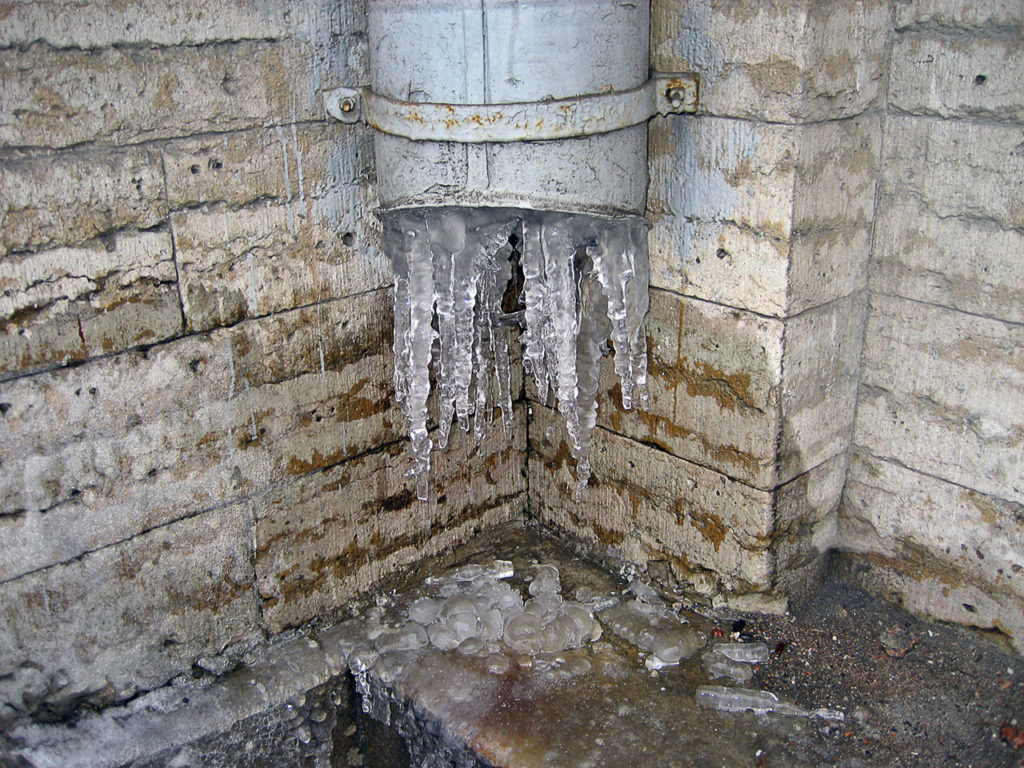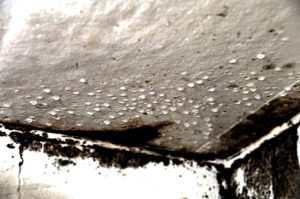Water Damage
Top 10 Tips to Prevent Water Damage in Your Rental Property
 They say that prevention is the best cure and water damage isn’t an exception. While accidents do occur and there are many possible unexpected scenarios, Bighorn Rentals warns it’s essential that you conduct proper preventive maintenance to really minimize the risks of water damage. In this article you’ll learn about ten different ways you can prevent water from creating serious damage in your rental property. 1. Repair the roofHomeowners don’t really focus on the roof issues before it’s too late. You shouldn’t wait for any brown spots or discoloration to appear on the property’s ceiling. By then it’s already too late. 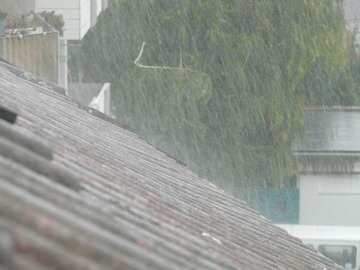 A better approach is to annually check your roof. In the case of any damaged or outright missing shingles, you should get the repairs done immediately. This is a sure way to keep the water from entering the rooms, at least from the ceiling. 2. Clean the floor drainsMany people overlook their floor drains. Actually, these areas are notorious for the accumulation of dust, hair, and other potentially obstructive matter. The best policy is to clean the drains at least once a week or every two weeks. Doing it less often might expose the property to water hazards. 3. Extend the downspoutsThe gutter downspouts should extend as far away from the property as possible. The efficiency of a drainage system lies in its ability to stop water from accumulating directly around the house. When the downspouts are enabling the collection of rainwater around the building, then you haven’t got an effective drainage solution. Furthermore, the extent isn’t the only important matter here. Any broken parts of the whole drainage system should be quickly replaced. Otherwise, you are allowing the risk of water damage to climb upwards. 4. Clean the guttersAnother annual cleaning that you should do is gutter cleaning. This is a great way to lessen the risk of having any unnecessary water entering your property. The rain gutters are notorious for getting clogged with bits of vegetation and debris. 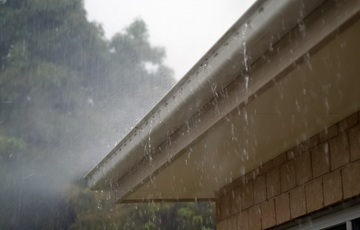 Also, rainwater might dislodge material that accumulates inside the gutters. Always make sure the gutters are properly angled. Otherwise, the water might start to pool around the property, creating significant damage to the house’s structural integrity. 5. Seal the cracksCracks in the foundation and the walls may raise the risk of water damage. When the water starts seeping into these cracks, the whole foundation of the house may get compromised. Sometimes bigger cracks may indicate major problems that need the attention of a structural engineer. 6. Install a moisture sensorSometimes a smart moisture sensor can save your property from extensive water damage. The problem with water damage is that it’s not always a clear emergency. There are times when water is gradually seeping in and slowly destroying some parts of the house. That’s why it’s useful to use gadgets like a moisture sensor. You should install it in the areas prone to water damage. For example, you could put it in the crawl space or under the sink. If the device is connected to the Wi-Fi, you’ll immediately get a notification of a moisture level getting out of control. The initial investment could save you a fortune. 7. Check your sump pumpAre you noticing excess moisture and water in your crawl space or basement rooms? Sump pumps work to keep these spaces clear of any water that has started to pile up in the sump pit. You should regularly keep an eye on this pump to ensure that the water hasn’t started to damage the building from underneath. 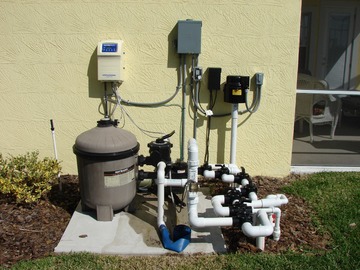 8. Screen the tenantsYou might be thinking, what does this have to do with water damage? Well, tenants with certain backgrounds might be at a higher risk for creating any damage, including water-related causes. Make sure that the tenants haven’t been evicted in the past. Failure to pay the rent might indicate that they could be negligent towards the property as well. When your potential tenants show up drunk or under the influence of any drugs, then steer clear. Having frequent alcohol-fueled parties raises the risk of water damage significantly because it shows that they do not care for the rental property. 9. Check the window sealsImproperly sealed windows aren’t just a nuisance, they could create long-term problems with water damage. Moisture and water can easily enter the rooms from windows that have worn-out seals. Also, noticing any cracks around the windows should alert you enough to get them fixed as soon as possible. Don’t wait for the summer to end because even the first big rainstorm could create a lot of damage. 10. Create a slope in the yardIn the case of a violent rainstorm, water can quickly accumulate on level ground and start to endanger the property. Grading the surrounding yard in a downward fashion lets the rainwater flow away from the building. There are many practical steps that you can take to prevent water from damaging your rental property. Clean the floor drains and rain gutters, seal any cracks, check the sump pump and the window seals while ensuring the yard is properly graded. If anything needs repair work, then take the proper steps immediately. Any postponing of these repairs could be interpreted as neglect if you have a tenant living inside the property while there’s a water emergency creating damage inside the house. Also, having a moisture sensor installed in areas prone to water damage is a useful way to protect the rental property from serious damage. If water damage happens to you, call 970.668.1600 for fast restoration service. |
What to Do when your Roof is Leaking
 Spring has sprung in the high country. After months of around-the-clock freezing temps, we all relish this time of year, enjoying warmer daytimes while still being able to enjoy snow sports. However, the spring cycle of daytime warmth with overnight freezing can wreak havoc on one of the most important parts of our homes- the roof! Roof leaks are most likely to occur this time of year when the snow sitting on the rooftop begins to melt. We’ve created a helpful list of the steps to take when a roof leak is spotted: 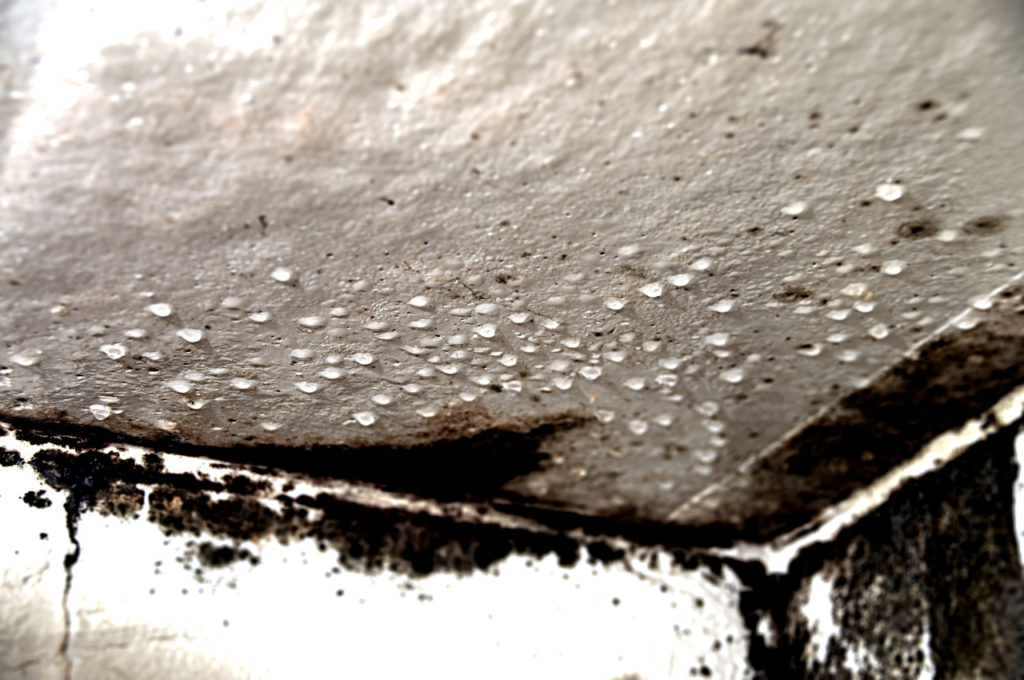 Step 1. Contain the leakIf the leak is not too large, place buckets and pots under the stream or drip to prevent and minimize spread. Step 2. Remove the source of the leakCall someone who specializes in snow roof removal to remove ice dams and snow sitting on the roof. Step 3. Dry all Exposed MaterialsOnce the leak is under control, all carpet, furniture, woodwork and anything else that was exposed to water needs to be thoroughly dried. Not only will water leave a stain, but mostly, you must prevent mold from growing in your home. If the carpet is soaked, pull it away from the padding and expose both sides of the rug and the pad to briskly circulating air. If the damage is extensive, call a professional water extraction company. Step 4. Roof InspectionHave a roofing contractor inspect your roof to see if repairs need to be made. How We Can HelpWe can provide all the assistance you need for step #3: There is nothing fun about roof leaks! Take away some of the stress by calling one company who can take care of multiple services – Exclusive Cleaning and Restoration. 970.668.1600 |
Winter Water Damage
3 things all homeowners should know about winter water damage
While others are out celebrating winter weather and the accumulating snow fall, a few unlucky mountain residents may be dealing with winter weather infiltrating their home. In harsh winter climates, like Summit County, Colorado, flood damage is most likely to occur because of a frozen or burst pipe. Once water damage happens, there is no time to waste. Water damage acts quickly, and will ruin property in short periods of time, if left unmanaged. The sooner the water is extracted and the property is dried out, the lower the risk of dangerous mold growth. Here are 3 things you need to know about water damage. Don’t Wait.Call a local 24/7 water damage and restoration professional as soon as you notice any signs of water damage. The longer you wait, the more damage and the higher the costs of restoration. Turn off the Electricity.This one may seem obvious, but it’s imperative to restrict any power or electricity to a water damage or flood effected area. Call a Professional.Flooding and restoration professionals can quickly assess levels of moisture, in both visible and non-visible areas, while also assessing the area for mold growth. Local professionals also have the skills, experience, and equipment necessary to extract, remove, and restore your property.
The certified technicians at Exclusive Cleaning and Restoration can help. Give us a call 24/7 and we’ll help assess damage over the phone and be on site as soon as possible. |


